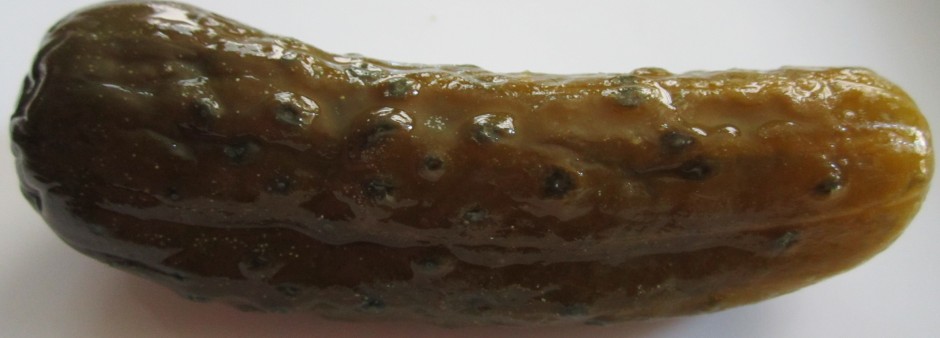
Easy Gumbo made with shrimp. If you like, sprinkle on a little extra filé powder as a garnish.
Easy gumbo because this should not be a fussy (or expensive dish). The most important ingredient is patience. Take your time cooking the roux and then blending in some (high quality) stock. The roux is entirely capable of thickening on its own but we’ve added file (we got some really fresh stuff we wanted to try from Pinch Spice Market ) and okra for flavor. Serves 4.
Ingredients:
1 c bell pepper, stemmed, deseeded and chopped
1 c onion, peeled and chopped
1 c celery, chopped
6 T bacon fat, butter, neutral oil or a combination plus more for sautéing the veg
½ t thyme
¾ t Kosher salt
2 bay leaves
1 quart or more good stock: we used a combination of shrimp and chicken
3 T tomato paste
1 pound protein: peeled and deveined shrimp, cooked boneless chicken, maybe some andouille if you have it
2 T filé powder (optional)
½ c or more okra, fresh or frozen, sliced into ½ inch rings (optional)
Method: sauté bell pepper, onion and celery until wilted. Prepare the roux in a large saucepan you will later use to assemble the dish: melt fat and add flour, then cook slowly over very low heat till it is a medium brown and has a nutty aroma. Do not let it burn! This roux should be a little thinner than the roux you make for gravy; the oil will not quite absorb and you should still have some liquid in the dish. Add more oil if needed to achieve this texture. Roux should cook for at least 15 minutes. You might try putting the pan in an oven at low temperature to brown, after the oil and flour are thoroughly mixed.

Easy Gumbo in the pot.
Next, start adding stock to your roux. Do this a little at a time, and add more when the sauce starts to thicken. You will be surprised at how much liquid this roux can absorb. In fact, we re-heated our gumbo the next day and added still more liquid. This extensibility must have been welcome in the south in the old days if unexpected company dropped by.
When the stock is fully absorbed, add spices and tomato paste and cook for a good long time over low heat—at least an hour. At the end it should taste rich and delicious. Add protein and optional filé and okra and heat through. Serve hot, over rice. If you have leftovers, feel free to dump the rice (as well as any side dish vegetables) into the pot for the next day.
Roux vs okra vs filé: the origins of gumbo. Robert Moss has written two fine articles on gumbo for Serious Eats. This one traces the origins of gumbo and this one covers the more recent introduction of roux as the thickening agent. Gumbo means okra in several west African languages, hence the name of the dish and the use of okra as an ingredient and thickening agent. Filé or gumbo file is the powdered leaf of the sassafras tree which was used as a thickener by native Americans in the south. Moss’ hypothesis is that the two were used interchangeably by Black cooks in the plantation south, with the powder taking the place of fresh okra in seasons where the latter was unavailable.
Roux has a completely different trajectory. It first makes an appearance in gumbo recipes in the late 19th century, and was popularized as a gumbo thickener by Paul Prudhomme, the Cajun chef who developed his recipe at Commander’s Palace and then served at his own restaurant, K-Paul.
We’d hazard a guess that the roux-thickened version is the one most people are familiar with today (we’ve enjoyed it both at K-Paul and at Johnny Cace’s in Longview TX), with okra and filé powder added for flavor and texture. One day we will experiment with stews thickened with okra only, and filé powder only, but for now this easy gumbo made with roux will do quite nicely.















